There can be your advertisement
300x150
House Design for Queensland's Warm Climate
The climate in Queensland, Australia, is subtropical. Summer is rainy and humid, while winter is slightly cooler, especially at night, and relatively dry. It's very hot all year round with an average temperature of 29 degrees Celsius. January is the hottest month, with temperatures in the low twenties, but it's not uncommon for the temperature to drop into the forties: the highest recorded temperature in Queensland is 49.5 degrees Celsius.
Since it's very hot all year in Queensland, house design must take temperature into account. If a home is poorly designed, it will be unbearable on especially hot days. Here are some aspects of house design aimed at reducing the impact of heat.
The climate in Queensland, Australia, is subtropical. Summer is rainy and humid, while winter is slightly cooler, especially at night, and relatively dry. It's very hot all year round with an average temperature of 29 degrees Celsius. January is the hottest month, with temperatures in the low twenties, but it's not uncommon for the temperature to drop into the forties: the highest recorded temperature in Queensland is 49.5 degrees Celsius.
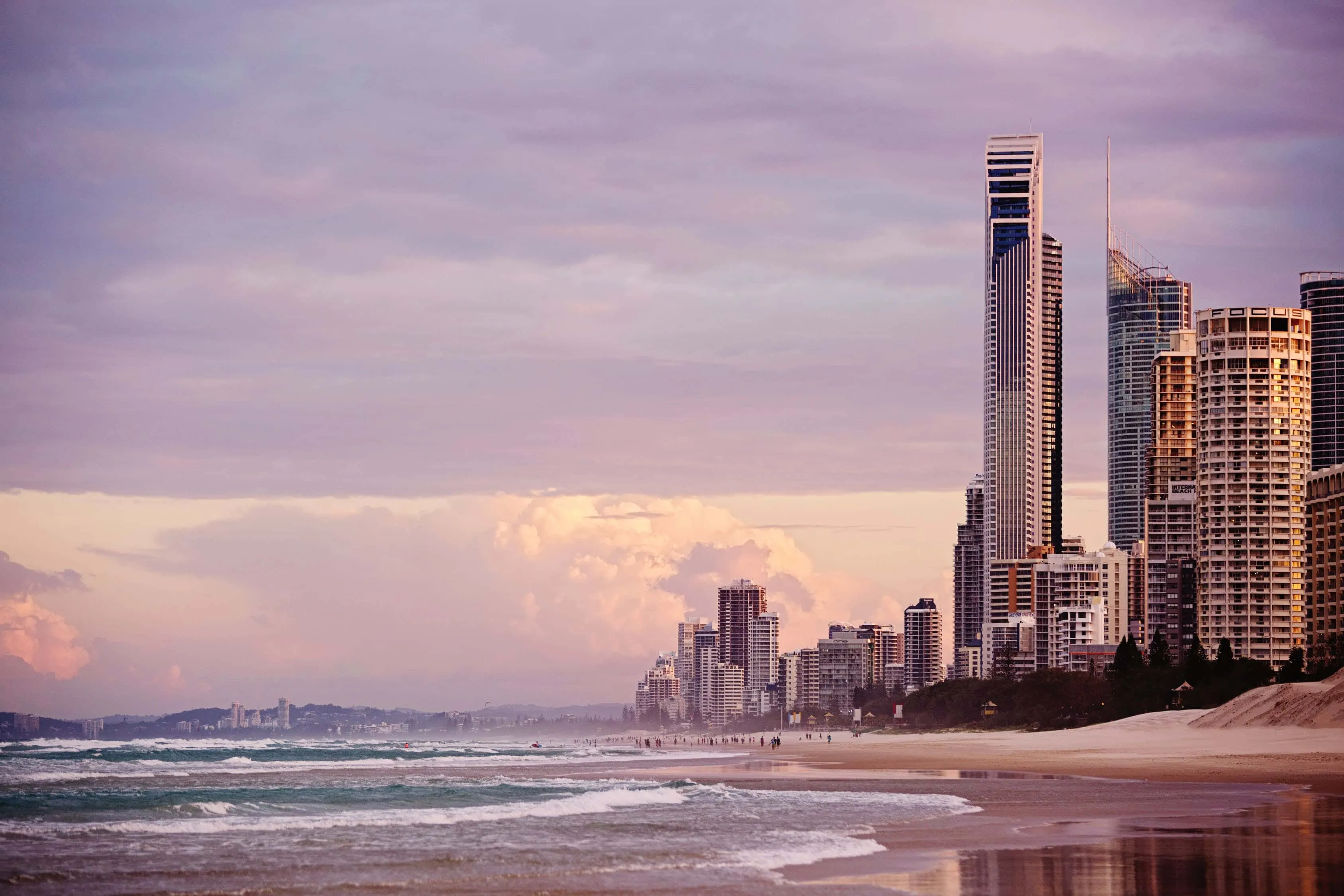
Since it's very hot all year in Queensland, house design must take temperature into account. If a home is poorly designed, it will be unbearable on especially hot days. Here are some aspects of house design aimed at reducing the impact of heat.
Air Conditioning
Air conditioners are standard in many Queensland homes. According to LiVE Services Group (air conditioning specialists) in Sunshine Coast, Queensland, Australia, the lack of air conditioning can lead to sleep disruption and other health issues. However, a proper system must be installed, and if you don't want to face an unpleasant breakdown on the hottest day of the year, it's wise to regularly service your system.
Smart air conditioning systems are ideal for the hot and humid climate. Instead of manual control, the system automatically adapts to your needs. It can also be controlled via smartphone. For example, if you want to save money, you can set the system to turn on 30 minutes before your arrival home from work, rather than leaving it running all day or entering a hot and humid room at 6 PM.
Roof Design
The hot and humid climate severely affects building materials. Excessive atmospheric humidity can easily lead to mold growth on the roof. The best way to prevent this issue is to install a vapor barrier between the roof and the house. Additionally, solar-reflective materials help keep the interior of the home cool during hot days.
Roofs in Queensland are usually light-colored to reflect heat. Furthermore, foil insulation can be used to prevent heat transfer during summer months.
Cladding
Light cladding helps heat escape at night when the air cools, while insulation on external walls retains heat inside during winter months when temperatures drop.
Outdoor Space
Australians love outdoor life, and homes in Queensland often come with a swimming pool and an outdoor area for relaxation and dining. Much shade is necessary when designing outdoor spaces. Heat can be harsh, and without adequate shelter, you won't be able to relax and have a meal outdoors.
Canopies and covered areas help provide some shelter from the heat. They also protect windows and glass doors, making adjacent rooms slightly cooler.
There are many options such as wooden pergolas with vines or more durable composite roofs; this depends on the style of the property.
With proper house design, life in Queensland can be just as pleasant as in a cooler temperate climate such as New South Wales.
More articles:
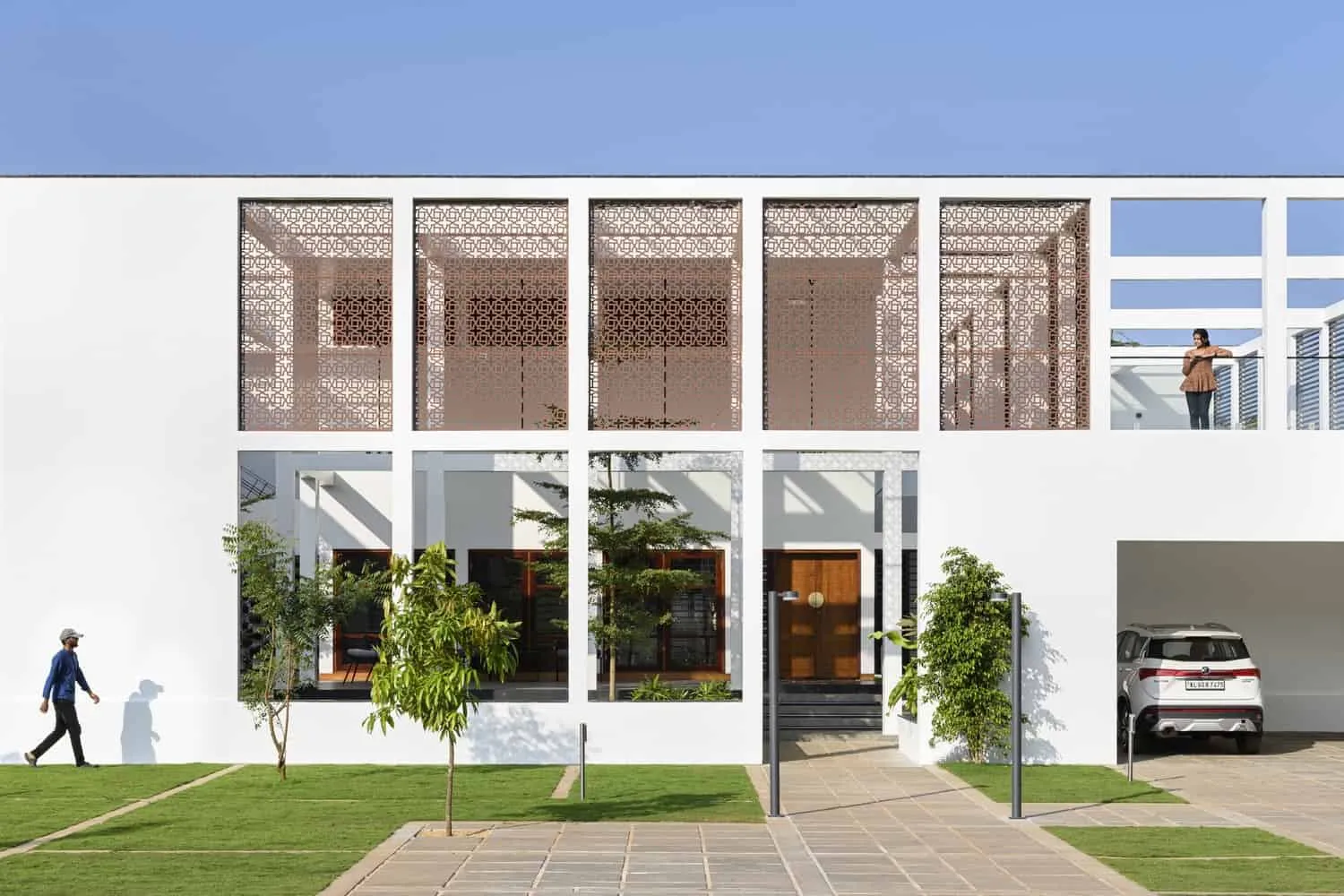 Harris House by Studio Acis in Kanhangad, India
Harris House by Studio Acis in Kanhangad, India Scary Beautiful Halloween Living Room Ideas
Scary Beautiful Halloween Living Room Ideas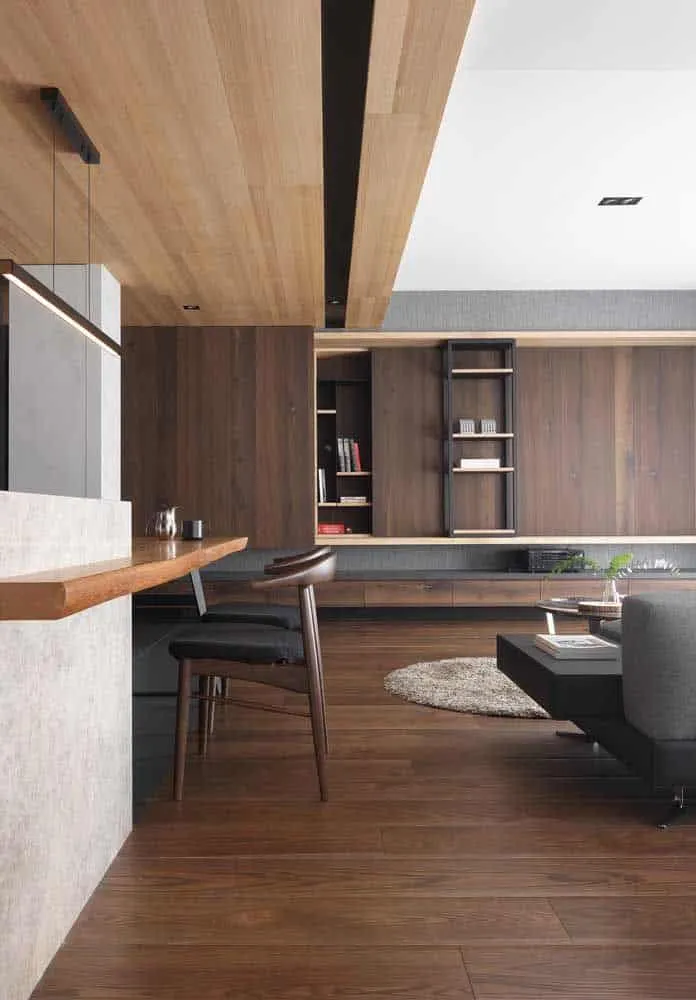 Have You Ever Thought About Laminated Floating Floor Installation
Have You Ever Thought About Laminated Floating Floor Installation Soft Chair Brings More Comfort to Your Space
Soft Chair Brings More Comfort to Your Space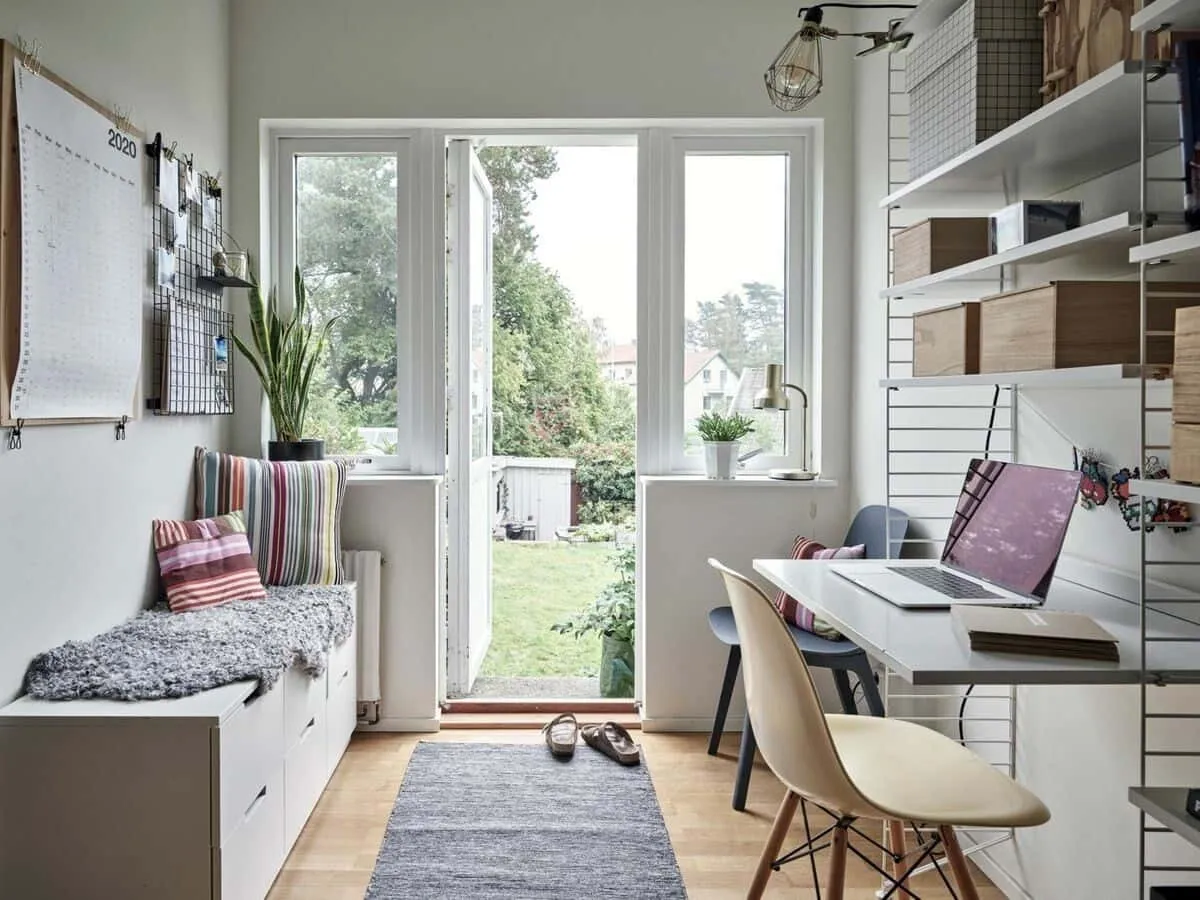 Fresh Nordic Style in Summer Is Still Possible
Fresh Nordic Style in Summer Is Still Possible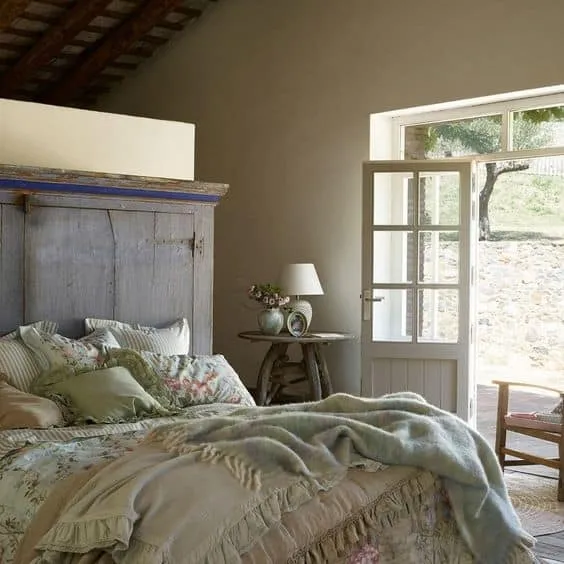 Country Bedroom
Country Bedroom Have a Landscaping Project? How to Find the Best Logging Mulcher Rental in Connecticut
Have a Landscaping Project? How to Find the Best Logging Mulcher Rental in Connecticut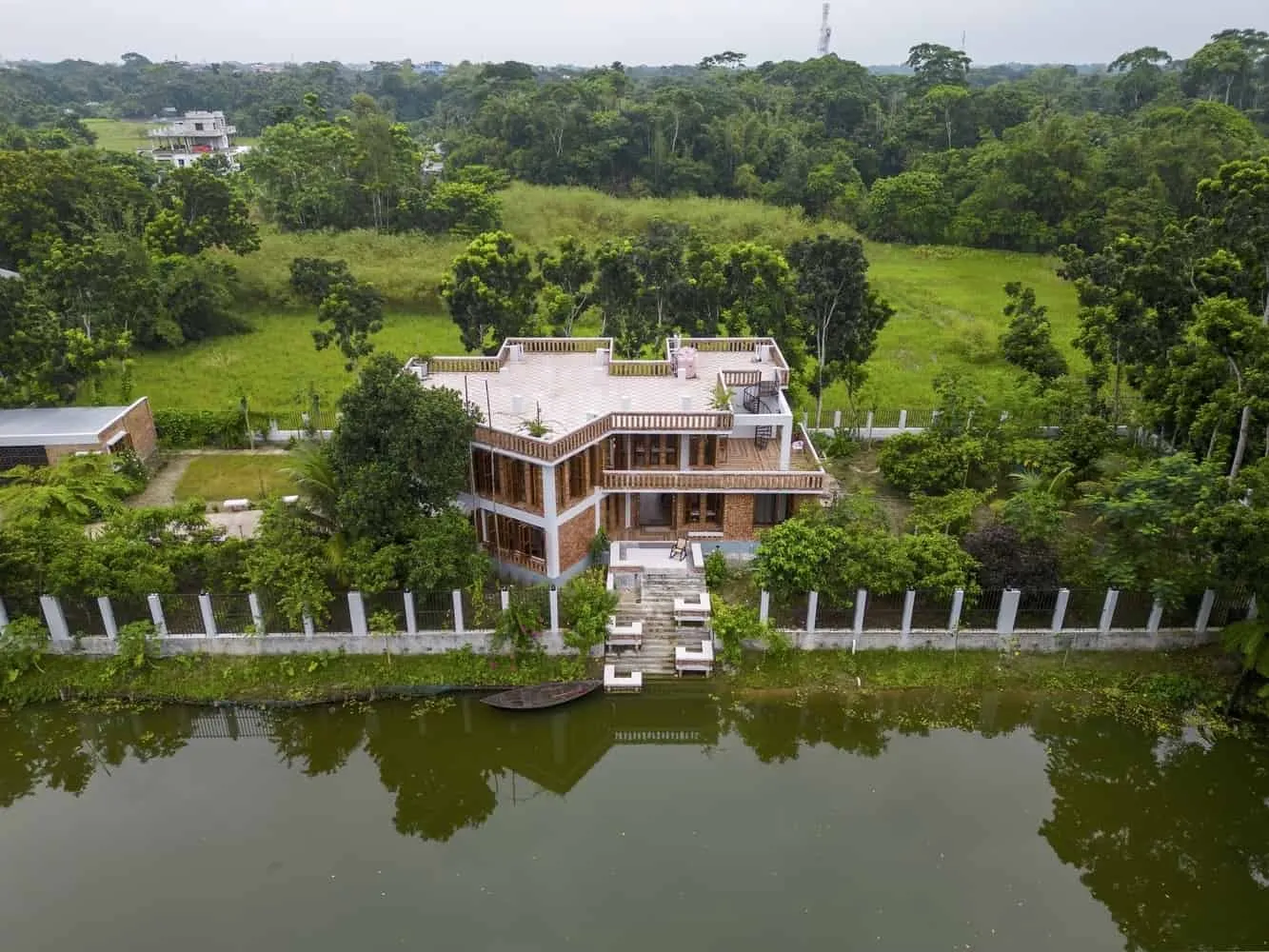 House Havladar / Maruf Raihan.Works / Bangladesh
House Havladar / Maruf Raihan.Works / Bangladesh